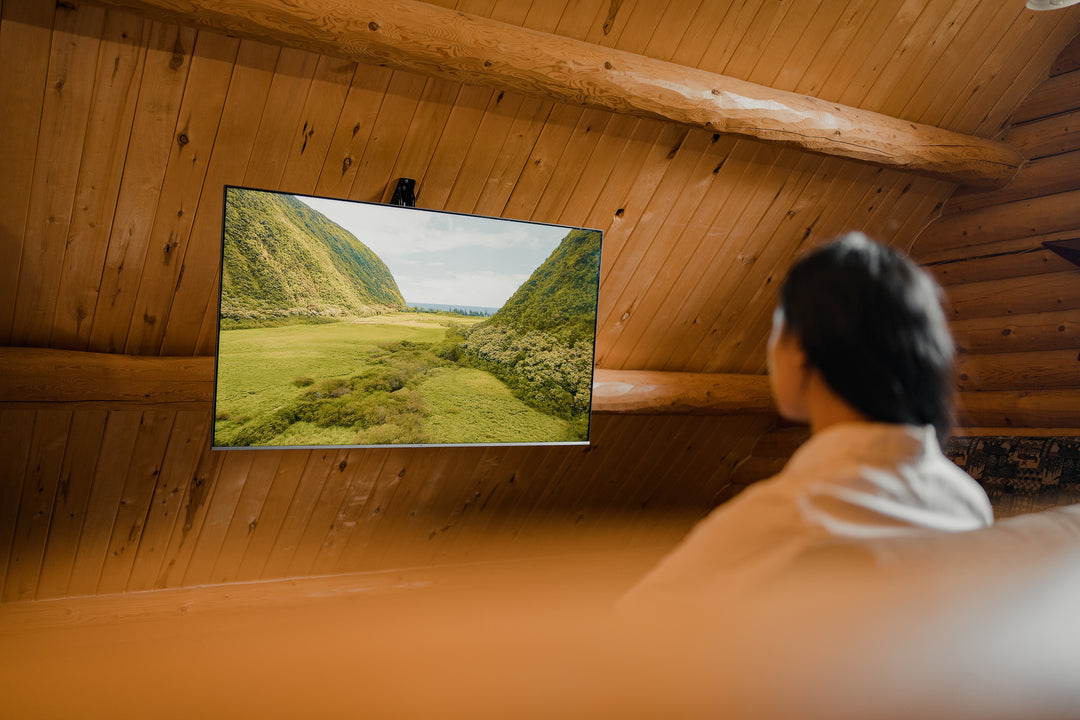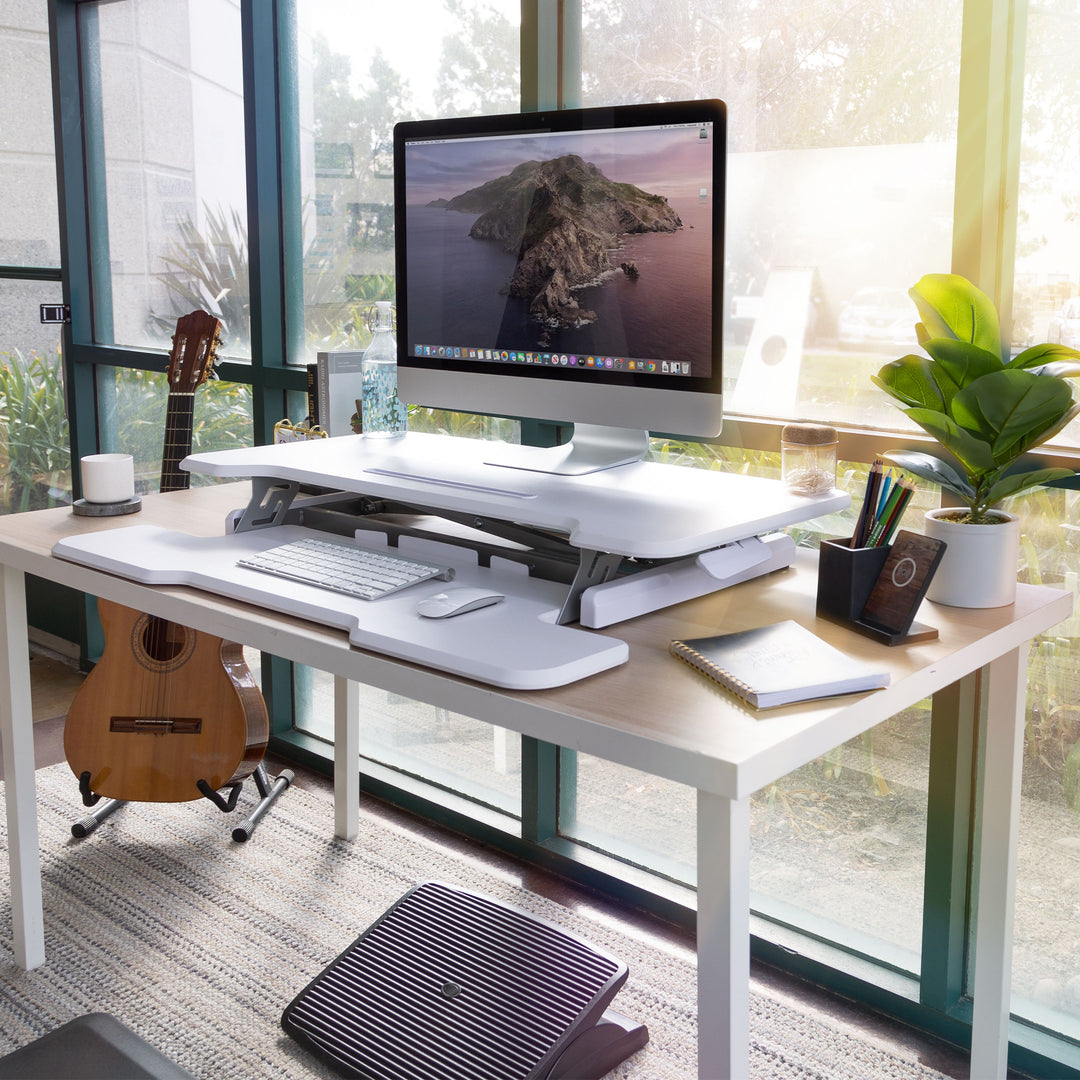How to Avoid Injuries from Poor Ergonomics

We’ve all suffered the effects of sitting for too long. Perhaps on a long road trip, perhaps languishing in a college classroom. You’ve likely felt the slight ache of your lower back or the internal struggle to maintain strong posture versus the comfort of a slouch. For many American occupations 1, the pains of sitting for too long are still well known.
With the decline of manual labor and the popularization of the “desk job,” we’re witnessing a flourishing of career paths that require sitting for at least 80-90% of one’s day. Couple this with the effects of DSE (display screen equipment) and the small repetitive motions required for computer-based tasks, and one is subject to a host of long-term bodily discomforts derived from poor ergonomics.
Ergonomic Injuries in the Workplace
So why is ergonomics important? Because the result of poor ergonomics in the workplace can have a multitude of negative effects and can cause injuries. These are slow burn: subtle pain points that start minor and leave a hangover of residual, long-term problems. Some key examples of office injuries typically developed over time include:
- Carpal Tunnel - Carpal tunnel syndrome is a true example of the subtle-magnitude of poor ergonomics. What might start as a subtle strain from small continuous motions on a keyboard can end up resulting in surgery costs over $2 Billion 2to office workers around the nation every single year.
- Strained Neck and Lower Back - Despite the desirability of perfect posture, the reality is that a 9-hour workday is likely to take its toll on the way that you sit. Bad posture and slouching in pursuit of comfort can seem unavoidable. Atop the unpleasing aesthetic of a hunched back or rounded shoulders, the tension that these positions bare is damaging to the lower neck and shoulders
- Arthritis - The onset of arthritis is typically due to tension in joints or repetitive movements. At a desk job, one is susceptible to both of these arthritic triggers on a daily basis. While we associate arthritis as being an illness that affects those mature in age, the risk of early-onset due to office working conditions is ripe.
- Diabetes - This is brought on by a decrease in metabolism and limitations in HDL Cholesterol, both of which are the results of the stagnant activity.
The Solutions
- Standing Desks - Modern office environments designed with careful consideration given to ergonomics are a long way from the realm of cubicles and box computers. Sit and stand desks are likely the most visible contrast to offices of the past, and are widely recognized for having a positive impact on employee morale and health. Not only does standing reduce tension, but it encourages back strengthening, prevents poor posture, and will burn 88 more calories3 an hour than sitting.
- Floor Mat - The detriment of standing is that tension or pressure points simply slide down your body to your knees and feet joints. To combat and prevent tension, stand on a padded floor mat. The mat absorbs shock from movement, alleviating your body from carrying any direct tensions or knee-lock.
- Keyboard and Mounted Mouse Mat - Wrist support is crucial. If your posture is correct, then your elbows will be a clean 90-degrees and your wrists will lift a little above the table, rather than lagging. After a long day of number crunching and spreadsheets, it is only natural for your weary wrists to droop towards the table. This is where the potential for repetitive strain motion kicks in. The antidote is padded wrist support that allows you to rest easy, letting your mounted mat do the work.
- A Laptop or Computer Stand - If you are going to use a screen, do so in the right way. Use an ergonomic monitor stand tor a laptop stand to mount your laptop in a manner that allows you to look up to it, rather than hunching your neck downwards. Hanging the screen from a wall mount so that it rests perpendicular to your line of sight allows you to sit upright and maintain your posture throughout the day. The screen is closer, which alleviates squinting (further protecting your eyes).
Make the Switch Today
A healthy office means a productive workforce. Besides injury prevention and a multitude of physical benefits, the mental effects will prove most rewarding to you as an employer. A switch to improve ergonomics in the workplace is a switch to increase productivity, to shift the culture of laziness, and to encourage a generally happier, stable environment for your company. Beyond the furnishings, by opting for an ergonomic work environment, you empower your workforce to prioritize health in all elements of their lives.
You put your employees first, which is the mark of a great business owner.
Sources:
1: https://www.bls.gov/opub/ted/2017/standing-or-walking-versus-sitting-on-the-job-in-2016.htm
2: https://www.ncbi.nlm.nih.gov/pubmed/7797856
3: https://www.health.harvard.edu/blog/the-truth-behind-standing-desks-2016092310264





